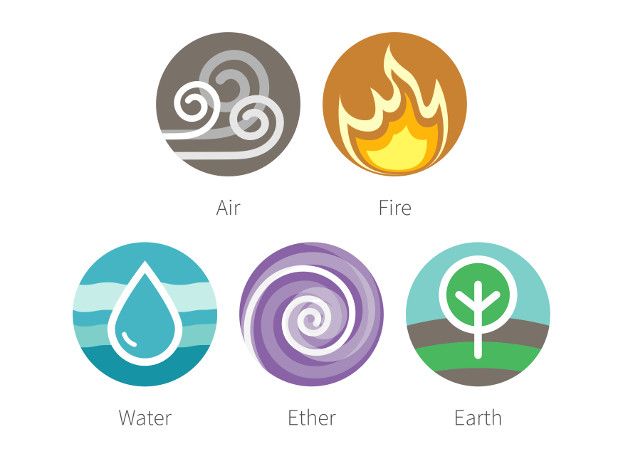
Organisations the world over are going out of their way to equip HR professionals with all the tools they could need to help them with their decisions – be it recruitment based or leadership based. One tool that obviously helps them demarcate candidates is psychometric analysis tests, which clearly help amplify the strengths and weaknesses of candidates, to understand who fits into the role best based on their ability to excel in the role as well as align with the core values and culture of the organization.
Now let’s get into the finer details of how this works. The framework for these psychometric tests from Swayam has to be based on some sound principles that govern the overall accuracy of the tests. We’ve built the mechanism of our functionality based on ancient Indian Knowledge Traditions (IKT). Few countries possess a storied history of rich cultural, scientific and intellectual heritage as India does. At Swayam, our personality assessment tests and analysis draw on various facets of this heritage of knowledge to help make contemporary decisions through tangible data and accurate insights.
One of these models is the 5-element theory. Indian knowledge systems are built on a foundation of 5 primordial elements – namely Ether (Akasa), Air (Vayu), Fire (Agni), Water (Ap) and Earth (Prithvi). The interaction of these elements with each other plays a key role in establishing the basis of every individual’s physical-psychological make-up, helping us read accurately into the psyche of the person. The five elements theory exists in various ancient cultures such as Greek, Japanese and Babylonian philosophy, Traditional Chinese Medicine (TCM) – and Ayurveda. They all specified similar elements with slight linguistic and terminological differences.
However, the explanations regarding the attributes of the five elements of nature and how they relate to natural phenomena and the creation of our world vary from one culture to another. Usually, they are closely intertwined with the local mythology and religion, sometimes even personified in deities.
Let us take a look at how these 5 elements affect the human body and interact with them, according to Indian traditions.
Earth
The element of Earth is usually referred to as grounding and calming. It keeps the ego in balance and regulates the energy of bones, muscles, and tissues and plays a role in inflammations and infections.
Water
Water is characterized by its ability to flow, adapt, and bind substances as well as its healing nature that nourishes and binds the body. It regulates the blood and other bodily fluids and is associated with health conditions like joint pain, blood flow, and so on.
Air
The element of Air acts as a channel for clear communication and self-expression. It’s responsible for breath, nervous impulses, and movement. It influences the ability to act with love and compassion.
Fire
The Fire element acts as a cleanser that burns up toxins and impurities, thereby keeping diseases at bay. It is the source of heat and power and brings confidence and courage. It’s the energy of your metabolism and creativity. Excess of Fire can express itself as anger or hatred.
Ether
Ether acts as the container for all the other elements and is the element from which all other elements originate, and to which they all return. It can be cold when lacking fire, dry when lacking water; it can be immobile due to lack of air, or lightweight because it lacks the heavy earth. It’s omnipresent since it’s the space between all the other elements.
Coming back to the topic of HR using these 5 elements, we see that there is a clear correlation between the combination of the 5 elements and how our body and mind react to it. We present this data as tangible facts at Swayam and help you achieve organizational excellence.

